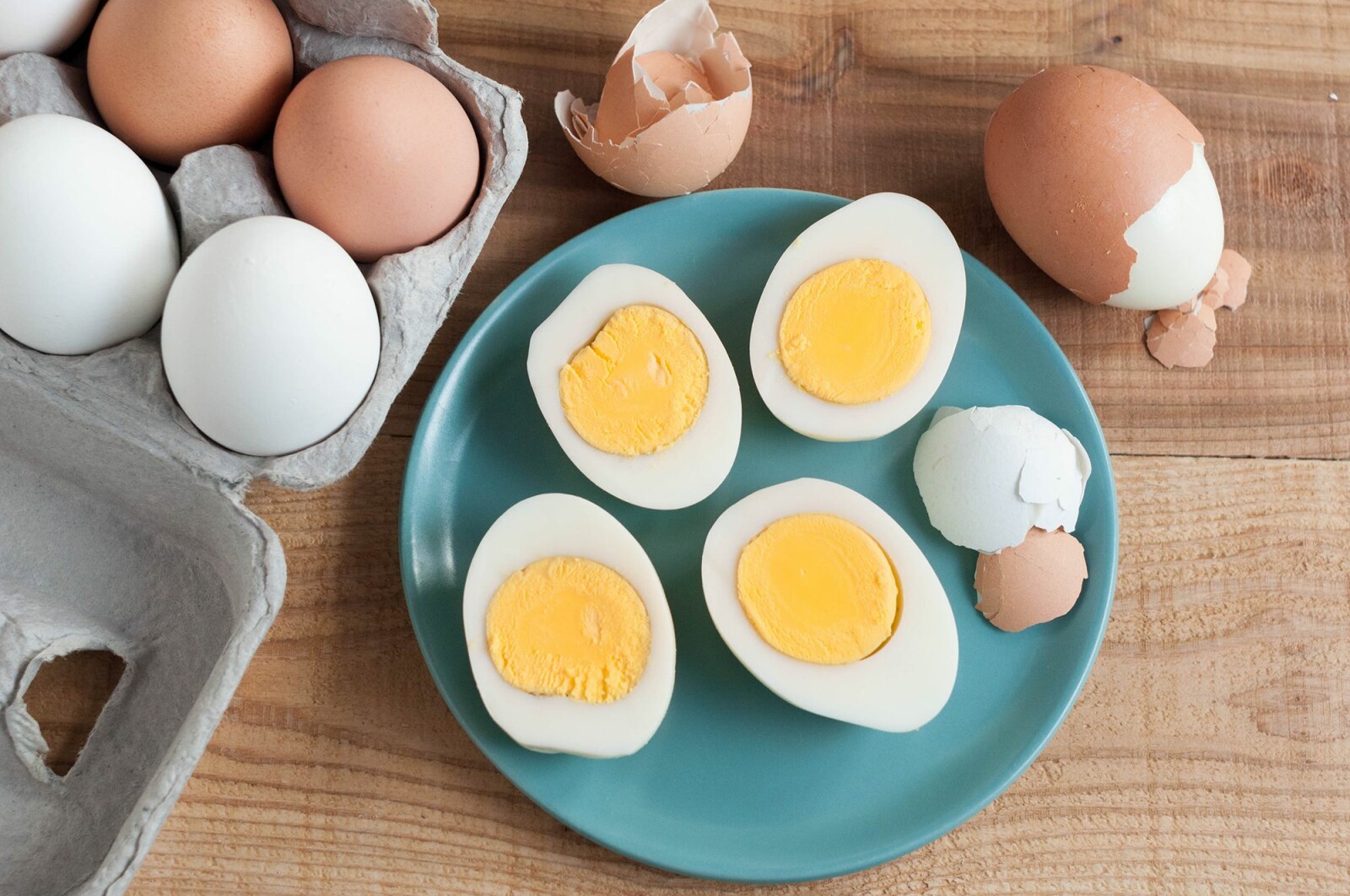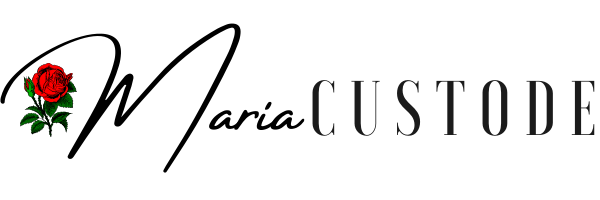
Rheumatoid arthritis is a chronic autoimmune disorder that affects millions of Americans, especially women over 40. This inflammatory condition can cause severe joint pain, swelling, and stiffness. To identify the progression of this disease, there are four stages of rheumatoid arthritis (RA) used to diagnose and treat the condition. In this article, we'll take a look at Stage 1 RA to understand what it is and how it's treated.
What is Stage 1 Rheumatoid Arthritis?
Stage 1 RA is considered the earlier or milder stage of the condition. Typically, during this stage, joints begin to swell and stiffen up with minor pain or discomfort. People may experience other symptoms such as fatigue or fever-like feeling but they typically don't last long. For many people in Stage 1 RA, their symptoms may come and go without needing medical intervention. Unfortunately, if left untreated, these symptoms can worsen over time and progress into more serious stages of RA.
Treatment for Stage 1 RA
The main goal for treatment in Stage 1 RA is to stop any further joint damage from occurring by using medications to reduce inflammation as well as lifestyle changes such as weight loss and exercise. Nonsteroidal anti-inflammatory drugs (NSAIDs) are commonly prescribed during this stage to help reduce pain and inflammation caused by RA. Disease-modifying antirheumatic drugs (DMARDs) are also often prescribed to slow down the progression of the disease by suppressing your immune system from attacking healthy cells in your body. If you’re struggling with managing your symptoms on your own, physical therapy can be a great way to help improve flexibility and strength in your joints while reducing pain and stiffness associated with daily activities.
Stage 1 Rheumatoid Arthritis is known as the milder stage of this autoimmune disorder but it’s important not to ignore its symptoms because they can progress into more severe stages if left untreated. Treatment for Stage 1 RA usually involves lifestyle modifications such as weight loss and exercise along with medications like NSAIDs and DMARDs to reduce inflammation and manage pain levels. If you think you may have early signs of rheumatoid arthritis or have been diagnosed with it already, speak with your doctor about creating an individualized plan that works best for you!
Here is the link to what I use to manage my inflammation.
Get my free guide "3 ways to reduce inflammation" !
Ask me about the 11 day jumpstart to reduce pain and inflammation
Disclaimer: The information in this article is for educational purposes only and should not be considered medical advice. Please consult with a healthcare professional before making any changes to your diet or lifestyle.

Arthritis is an umbrella term used to describe more than 100 conditions that cause joint pain, stiffness, and swelling. It’s a common ailment, especially among women over the age of 45, and it can be difficult to determine what type of arthritis you may have. If you think you might have arthritis, the first step is getting a diagnosis from your healthcare provider. Here’s what you need to know.
Getting Diagnosed with Arthritis
When you visit your doctor for a diagnosis, there are several tests they may use to determine which type of arthritis you have. The first step is usually a physical examination of your joints and muscles—your doctor will look for signs of swelling or redness in your joints as well as any overly tender areas. They will also check your range of motion and how much flexibility you have in each joint. Your doctor may also take x-rays or blood tests; these can help identify types of inflammatory arthritis (such as rheumatoid arthritis) or monitor the progression of osteoarthritis over time.
Types of Arthritis
Once the results are in, your doctor will be able to make an official diagnosis. Some common types of arthritis include osteoarthritis (OA), rheumatoid arthritis (RA), psoriatic arthritis (PsA), gout, lupus, and fibromyalgia. Osteoarthritis is characterized by wear-and-tear damage on the cartilage between bones; RA is an autoimmune disorder that causes inflammation in the joints; PsA causes inflammation around the skin and nails; gout causes sudden episodes of painful joints due to high uric acid levels; lupus is another autoimmune disorder that affects a variety of organs and tissues; fibromyalgia is often associated with widespread muscle pain and fatigue.
Treating Your Arthritis
Once you get a diagnosis for your type of arthritis, it’s important to discuss treatment options with your doctor. Depending on which type you have, treatments can vary from over-the-counter medications such as ibuprofen or acetaminophen to prescription drugs such as methotrexate or corticosteroids. Exercise can also help reduce symptoms by strengthening muscles around affected joints; low-impact activities like swimming or walking are good choices for people with arthritis. Finally, lifestyle changes such as losing weight if necessary or eating an anti-inflammatory diet can help manage arthritic pain and prevent further damage to affected joints over time.
Diagnosing which type of arthritis you have can be challenging because there are so many different types out there—and because symptoms can vary from person to person. However, once you get diagnosed it’s important to discuss treatment options with your doctor so that you can start managing your condition quickly and effectively before it gets worse over time. Remember: knowledge is power! With the right information about what kind of arthritis you have and how best to treat it, you'll be well on your way towards living an active life free from arthritic pain!
Here is the link to what I use to manage my inflammation.
Get my free guide "3 ways to reduce inflammation" !
Ask me about the 11 day jumpstart to reduce pain and inflammation
Disclaimer: The information in this article is for educational purposes only and should not be considered medical advice. Please consult with a healthcare professional before making any changes to your diet or lifestyle.

Inflammation is the body’s natural response to injury or illness. It can be helpful when inflammation helps fight off an infection or heal a wound, but it can also cause pain and damage when it occurs in excess. So what role do eggs play in anti-inflammatory diets? Let’s take a closer look.
Are Eggs Anti-Inflammatory?
Eggs are often included in anti-inflammatory diets because they contain many of the vitamins and minerals that help reduce inflammation. These include selenium, B vitamins, zinc, vitamin A, and omega-3 fatty acids. In addition to these nutrients, eggs also provide essential amino acids that are needed for healthy cell growth and repair.
How Do Eggs Help Reduce Inflammation?
The nutrients in eggs can help reduce inflammation by providing the body with antioxidants, which neutralize free radicals that can damage cells and trigger inflammation. The omega-3 fatty acids found in eggs are especially beneficial for reducing inflammation because they help reduce levels of pro-inflammatory chemicals in the body. Additionally, eggs are packed with protein which helps build and maintain muscle mass – another factor that can help reduce inflammation.
Are There Any Risks Associated With Eating Too Many Eggs?
Although most people can safely eat up to four eggs per day without any issues, some experts recommend limiting egg intake to two per day due to concerns about cholesterol levels and heart health. Additionally, those who have allergies or sensitivities to egg proteins should avoid them completely as they may trigger an inflammatory response.
It’s clear that eggs have many benefits when it comes to reducing inflammation. They contain essential vitamins and minerals as well as antioxidants that help protect against free radical damage. However, it is important to be aware of any potential risks associated with eating too many eggs or if you have an allergy or sensitivity to egg proteins. All things considered, adding eggs into your diet can be a great way for women looking for anti-inflammatory food options to get the nutrition their bodies need!
Here is the link to what I use to manage my inflammation.
Get my free guide "3 ways to reduce inflammation" !
Ask me about the 11 day jumpstart to reduce pain and inflammation
Disclaimer: The information in this article is for educational purposes only and should not be considered medical advice. Please consult with a healthcare professional before making any changes to your diet or lifestyle.

While arthritis and rheumatoid arthritis (RA) both involve joint pain and inflammation, the two conditions are quite different in terms of their causes, symptoms, and treatments. Understanding the nuances between these two types of arthritis is key to managing your condition and improving your quality of life. Let’s take a deeper dive into understanding the differences between arthritis and RA.
What Is Arthritis?
Arthritis is an umbrella term for any disorder that affects joints, including joint pain or joint disease. There are more than 100 types of arthritis, but the three most common forms are osteoarthritis, rheumatoid arthritis, and gout. Osteoarthritis occurs when the protective cartilage on the ends of your bones wears down over time due to aging or injury. It is a chronic condition but can often be managed with lifestyle changes such as diet modification, exercise, physical therapy and medications like NSAIDs.
What is Rheumatoid Arthritis?
Rheumatoid arthritis (RA) is an autoimmune disorder that occurs when your immune system mistakenly attacks healthy tissue in your body—in this case, the lining of your joints—causing inflammation that leads to swelling, stiffness and pain. RA usually affects multiple joints throughout the body at once and is classified as a systemic disease because it can affect other organs such as lungs or eyes in addition to joints. While there is no cure for RA, it can be managed with medications like biologic drugs or corticosteroids as well as lifestyle modifications such as physical therapy exercises or stress management techniques.
Although both conditions cause joint pain and inflammation, arthritis and rheumatoid arthritis are very different in terms of their causes, symptoms and treatments. Osteoarthritis typically affects older individuals due to wear-and-tear on joints over time while RA is an autoimmune disorder caused by faulty immune system responses attacking healthy tissue rather than foreign invaders like bacteria or viruses. Taking proactive steps to manage either type of condition can help you live a healthier life despite your diagnosis so it’s important to understand how they differ from one another in order to make informed decisions about care options available for each type of arthritis.
Here is the link to what I use to manage my inflammation.
Get my free guide "3 ways to reduce inflammation" !
Ask me about the 11 day jumpstart to reduce pain and inflammation
Disclaimer: The information in this article is for educational purposes only and should not be considered medical advice. Please consult with a healthcare professional before making any changes to your diet or lifestyle.

Osteoarthritis and Rheumatoid Arthritis are two types of arthritis that can cause chronic joint pain. But what is the difference between them? This blog post will explain the key differences between these two common forms of arthritis and how to identify which type you may have.
What is Osteoarthritis?
Osteoarthritis (OA) is the most common form of arthritis. It occurs when the cartilage that cushions joints wears down over time, leading to inflammation and pain. The symptoms of OA can vary in intensity, but they typically include stiffness, tenderness, joint swelling, and decreased range of motion in affected joints. Risk factors for this type of arthritis include age, obesity, genetics, previous injuries or fractures, and certain medical conditions such as diabetes.
What is Rheumatoid Arthritis?
Rheumatoid Arthritis (RA) is an autoimmune disorder in which a person’s immune system mistakenly attacks its own tissues instead of invading bacteria or viruses. RA affects joints on both sides of the body (symmetrically), unlike OA which usually only affects one side at a time. Symptoms of RA include joint pain, swelling around joints, fatigue, fever, weight loss, and numbness or tingling in hands or feet. It can also cause inflammation in other organs such as the lungs and heart if left untreated. Risk factors for RA include age (it’s more common in women than men), family history of autoimmune disorders, smoking cigarettes, and exposure to certain environmental toxins.
How Can I Tell if I Have Osteoarthritis or Rheumatoid Arthritis?
The best way to determine whether you have OA or RA is to consult your doctor. They will ask questions about your symptoms and examine your joints for signs of inflammation or damage. Your doctor may order blood tests to rule out other possible causes for your symptoms such as infection or Lyme disease. They may also order imaging tests such as X-rays or an MRI scan to get a better look at any potential damage inside your joints caused by either type of arthritis . If your doctor suspects that you have RA based on your symptoms and test results they may refer you to a rheumatologist for further evaluation . An experienced rheumatologist can help confirm a diagnosis through specialized tests such as an antinuclear antibody (ANA) test .
Living with chronic joint pain due to arthritis can be difficult but it doesn’t have to be unmanageable! Knowing the difference between Osteoarthritis and Rheumatoid Arthritis is essential so that you can get proper treatment from your doctor right away if needed. If you think that you may have either type of arthritis don’t hesitate to reach out to your primary care physician who can then refer you to a specialist if necessary. With proper guidance it’s possible to manage both types so that you remain active with minimal discomfort!
Here is the link to what I use to manage my inflammation.
Get my free guide "3 ways to reduce inflammation" !
Ask me about the 11 day jumpstart to reduce pain and inflammation
Disclaimer: The information in this article is for educational purposes only and should not be considered medical advice. Please consult with a healthcare professional before making any changes to your diet or lifestyle.












